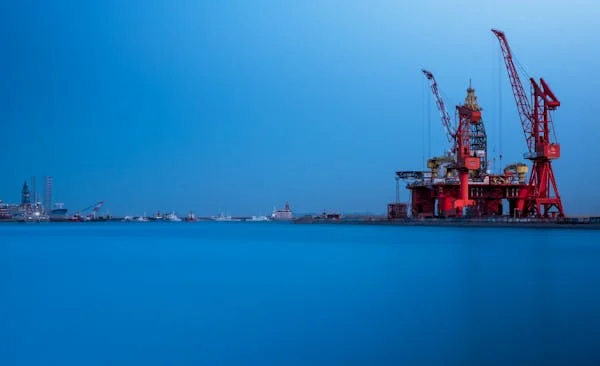Shipping Poultry Farming Equipment from Guangzhou/Shenzhen to Monterrey Port, Mexico
Sea Freight Options: FCL vs. LCL
When shipping poultry farming equipment from ports like Guangzhou or Shenzhen to Monterrey, Mexico, the two primary shipping methods are Full Container Load (FCL) and Less than Container Load (LCL).
1. Full Container Load (FCL)
For large shipments of poultry farming equipment, the Full Container Load (FCL) option is ideal. This means the entire 20-foot or 40-foot container is dedicated to a single shipment. The FCL service typically provides a more cost-effective solution when the volume of goods is large enough to fill a full container, and it offers the advantage of minimizing the risk of damage as the equipment is securely packed and stored together.
- 20FT/40FT FCL Container: Depending on the amount of equipment, either a 20-foot or a 40-foot container is used. For larger equipment, the 40-foot container is often preferred.
- CIF (Cost, Insurance, and Freight): The cost, insurance, and freight (CIF) shipping option means that the supplier covers the cost of the equipment, insurance during the voyage, and the freight charges up to the Monterrey port. Once the goods arrive at Monterrey, the buyer assumes responsibility for customs clearance, taxes, and delivery to the final destination.
2. Less than Container Load (LCL)
If the shipment volume is smaller or if you don’t require a full container, Less than Container Load (LCL) might be the better option. With LCL, your goods share space with other shipments within a single container, and costs are split among multiple shippers. While this method is cost-efficient for smaller shipments, it generally involves a longer transit time because the goods must be consolidated and de-consolidated at various points.
- LCL Transit Time: The approximate sea freight transit time for LCL shipments from Guangzhou/Shenzhen to Monterrey is around 27 days.

Packaging of Poultry Farming Equipment
Packaging is a critical aspect of shipping poultry farming equipment, as the items are often bulky, heavy, and delicate. Proper packaging ensures that the equipment remains intact and functional upon arrival.
1. Wooden Crates and Pallets
For larger, heavy items like poultry cages, incubators, and feeders, wooden crates and pallets are commonly used. These materials provide a robust frame to protect the equipment during transport. Wooden crates offer a high level of protection against physical damage and moisture, ensuring that sensitive equipment like electrical systems or ventilation machinery remains intact.
- Custom Crates: Custom-made wooden crates are often built to fit the specific dimensions of the equipment. These crates are sealed and lined with cushioning material to prevent movement within the container.
- Palletization: Smaller items or those that need to be stacked can be placed on pallets. Palletized goods are easier to handle, load, and unload, and they ensure that the equipment remains steady during transit.
2. Plastic Wrapping and Stretch Film
For smaller, lighter items such as poultry drinking systems, feeders, and spare parts, plastic wrapping and stretch film are commonly used. These materials help protect the equipment from dust, moisture, and abrasions during the shipping process.
- Shrink Wrapping: Shrink wrapping provides a tight and protective cover that shields items from the elements.
- Waterproof Tarps: In addition to plastic wrapping, waterproof tarps or plastic sheets can be used to provide extra protection against humidity, which is crucial in long ocean voyages.
3. Foam Padding and Airbags
For delicate items like poultry farming control systems or automated feeders, foam padding or airbags are placed inside the wooden crates to cushion the equipment from shock and vibration. This helps prevent damage caused by the movement of the container during transit.
- Foam Inserts: These can be custom cut to the shape of the equipment and are highly effective at preventing impact.
- Airbags: Often used in combination with pallets or crates, airbags are inserted to fill any gaps, preventing items from shifting.

Port to Port Transportation and Delivery to Monterrey
After your poultry farming equipment arrives at Monterrey Port (also known as Puerto de Monterrey), it will go through the standard import procedures, including customs clearance and payment of applicable taxes. The shipment will then be transported to your final destination, whether that’s a poultry farm or a warehouse.
For FCL shipments, once the container reaches the port, it can be directly transported to its destination by truck or train, depending on the proximity of the final destination. LCL shipments, on the other hand, may require additional handling and transfer to a local warehouse for deconsolidation before final delivery.



